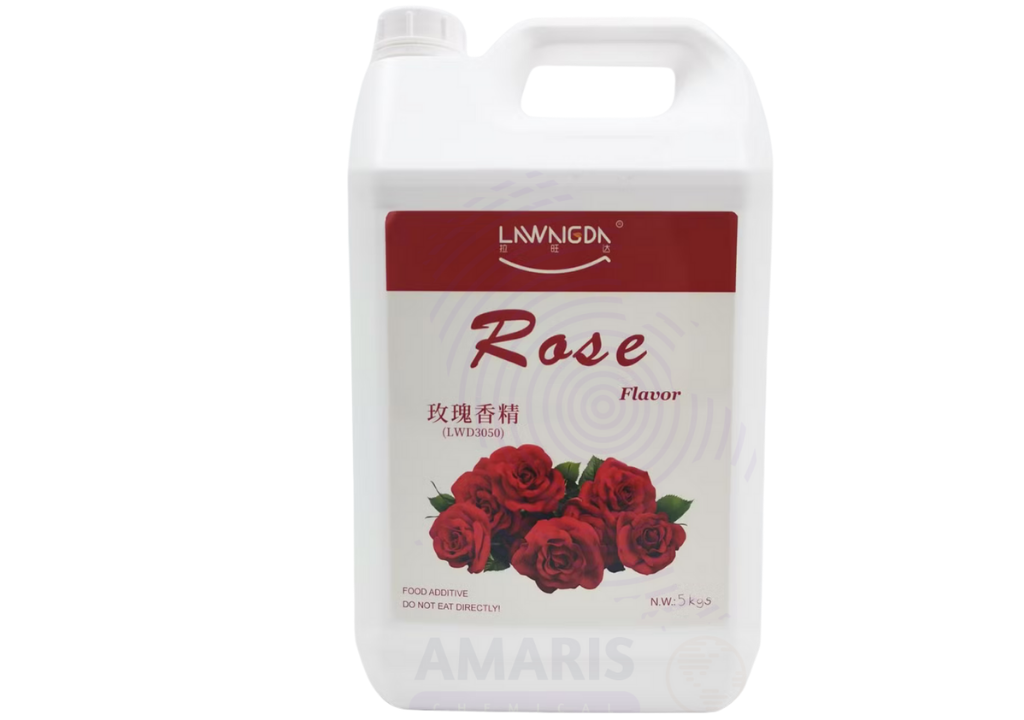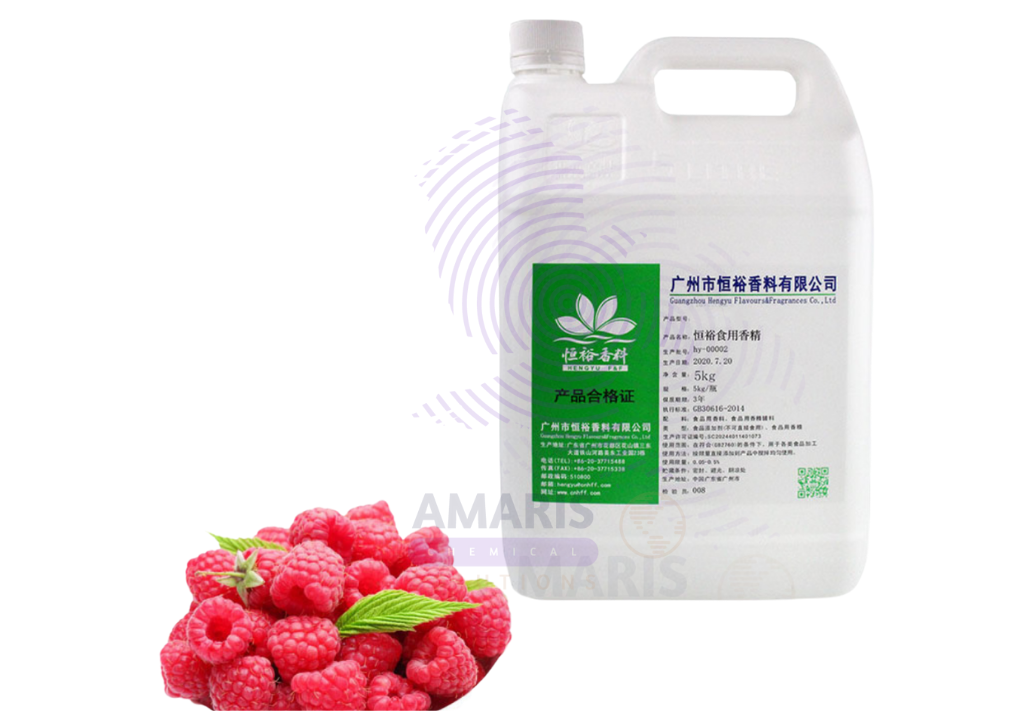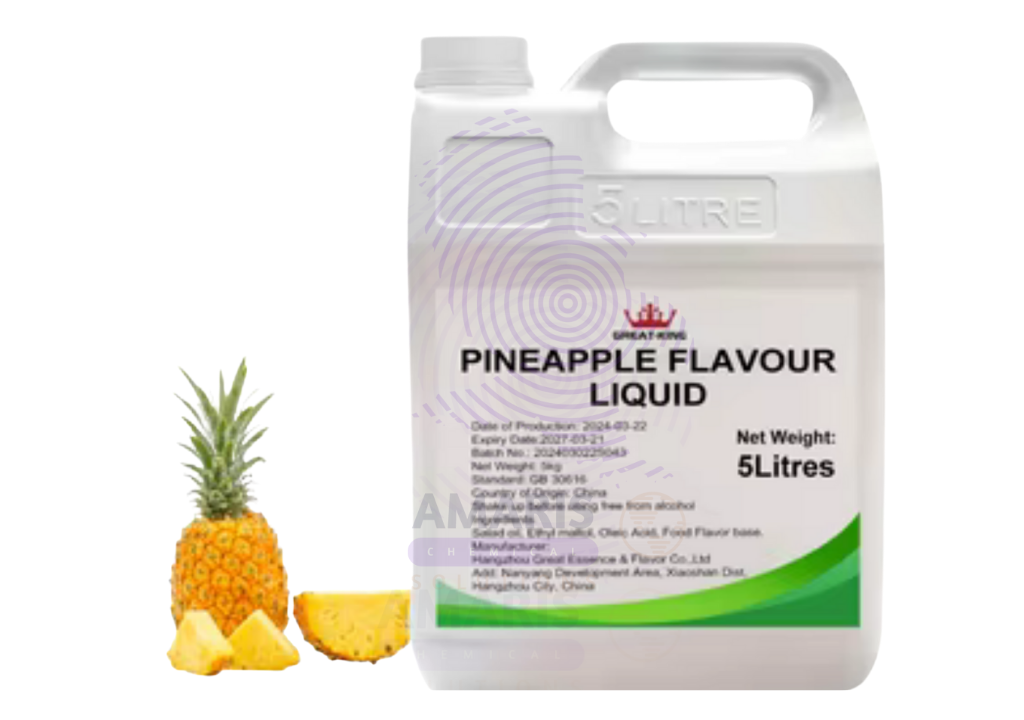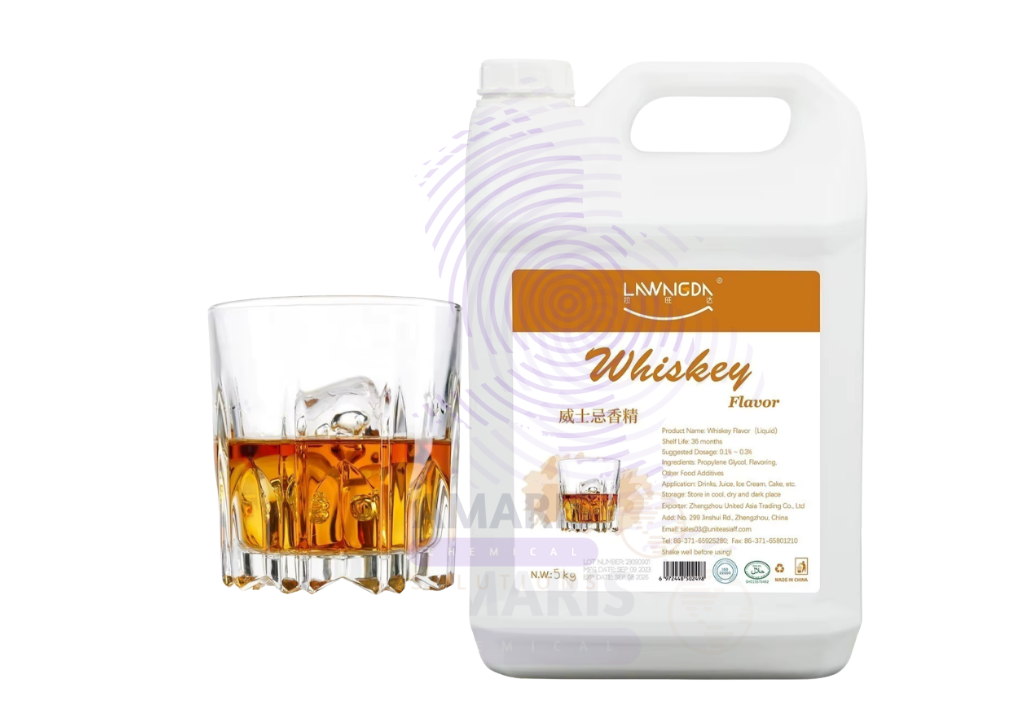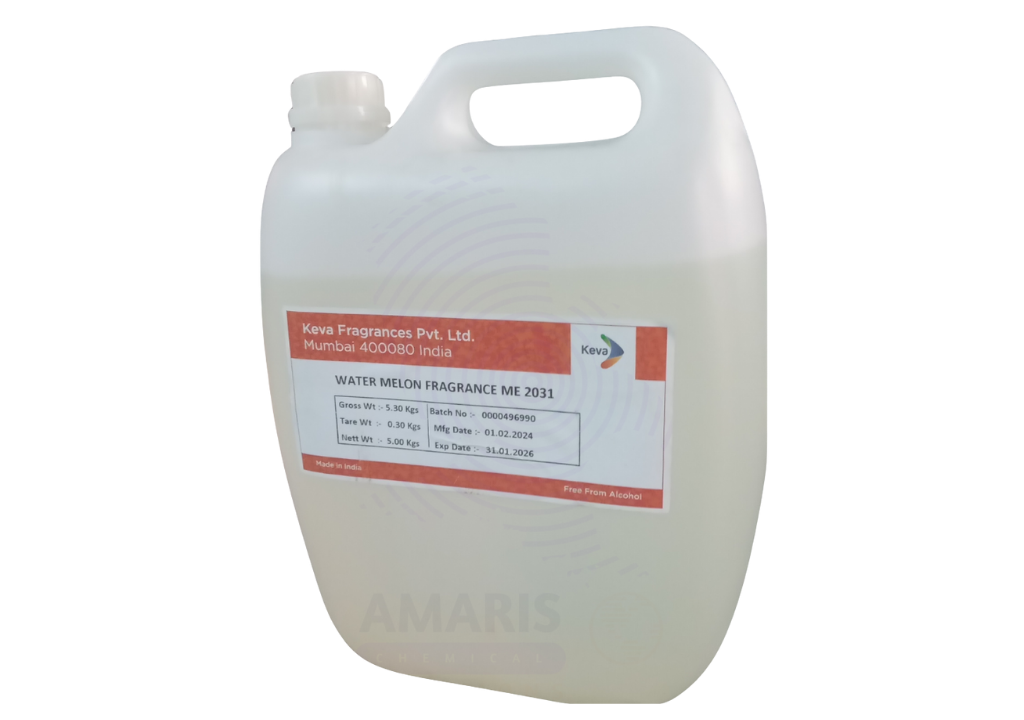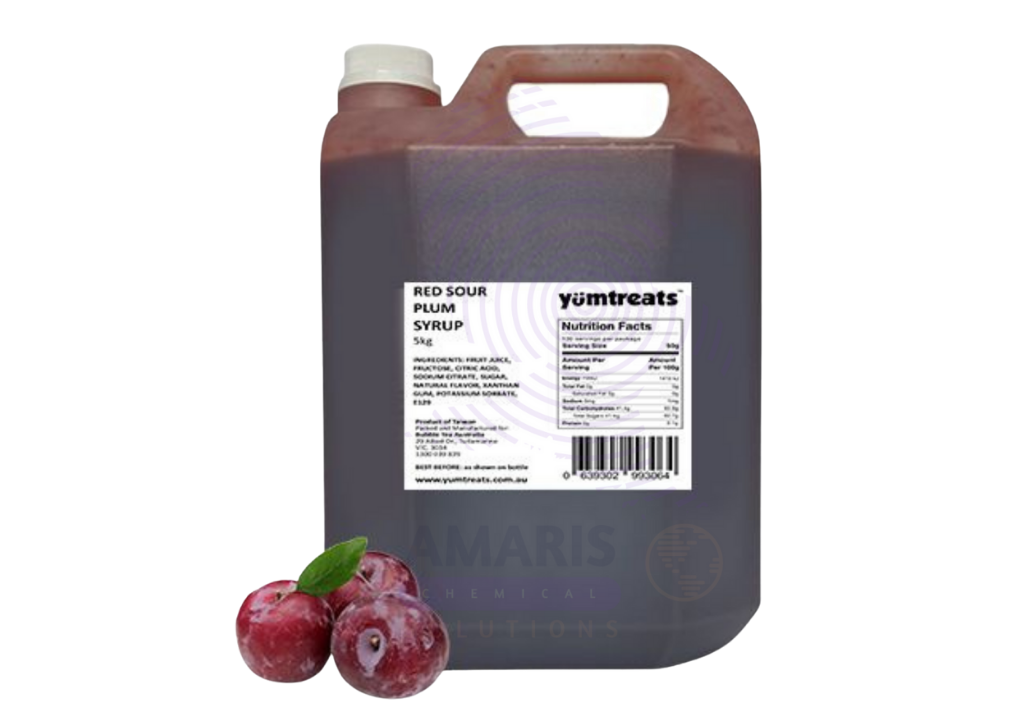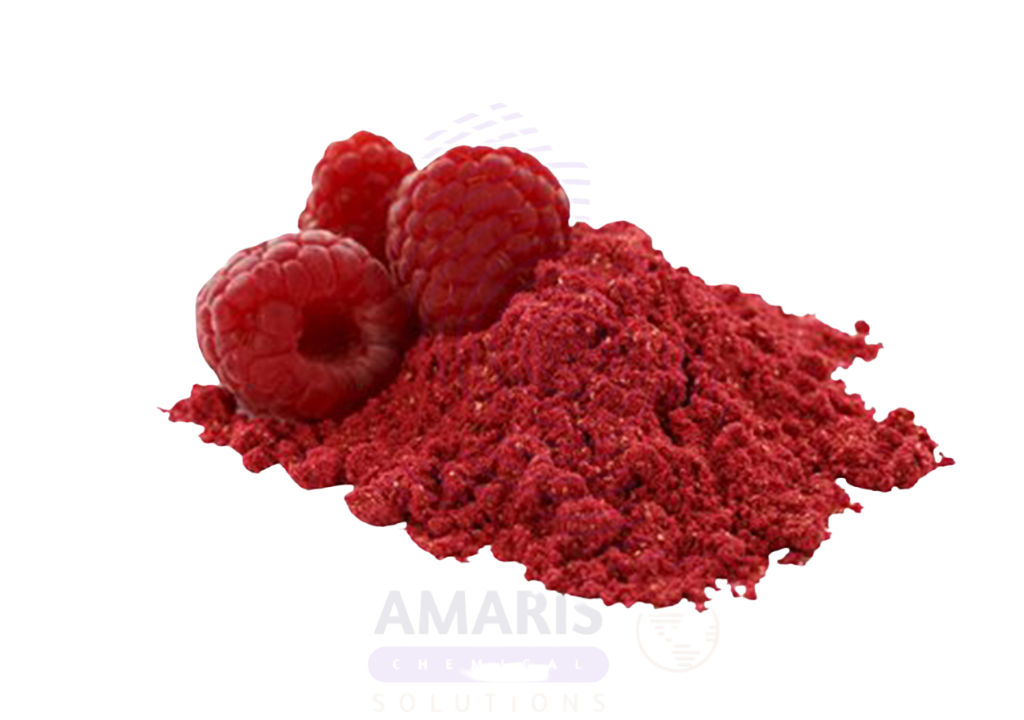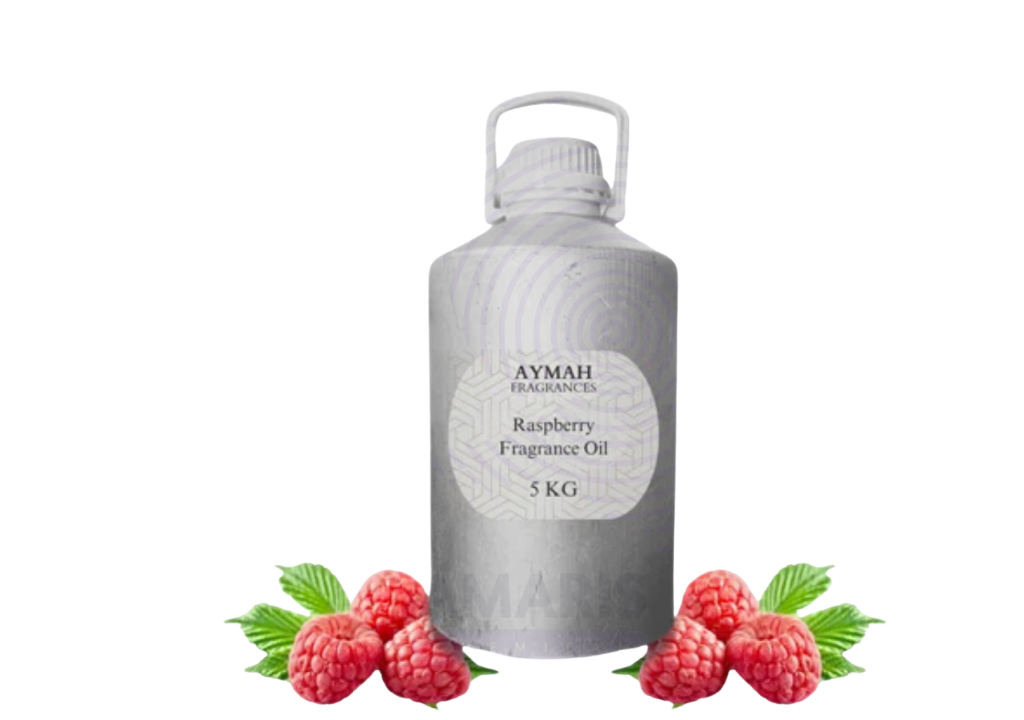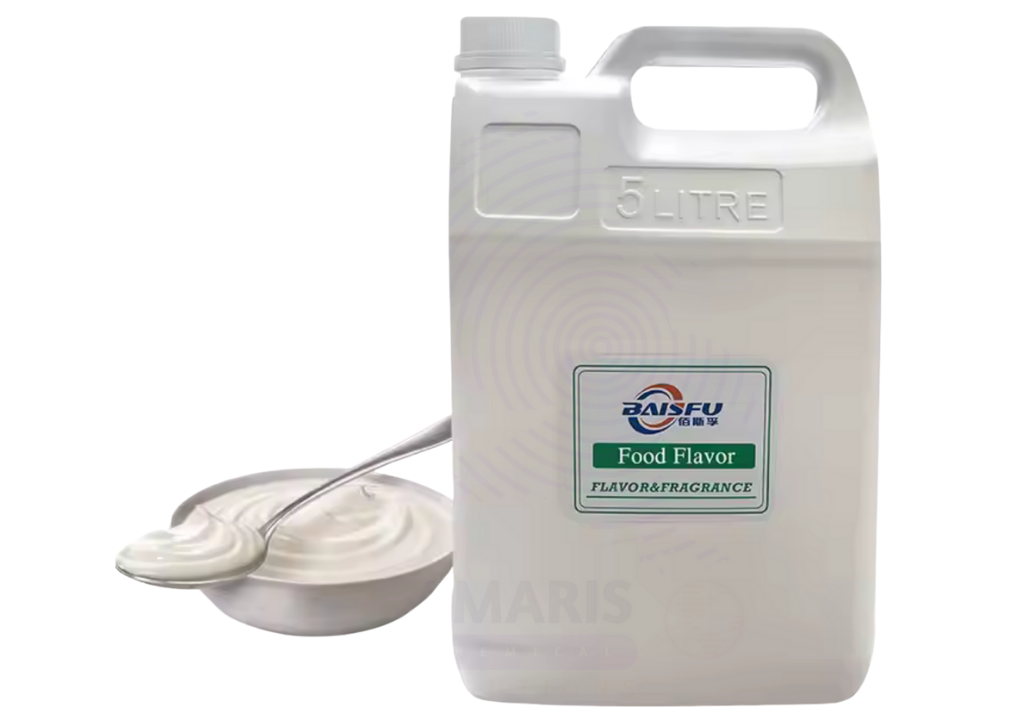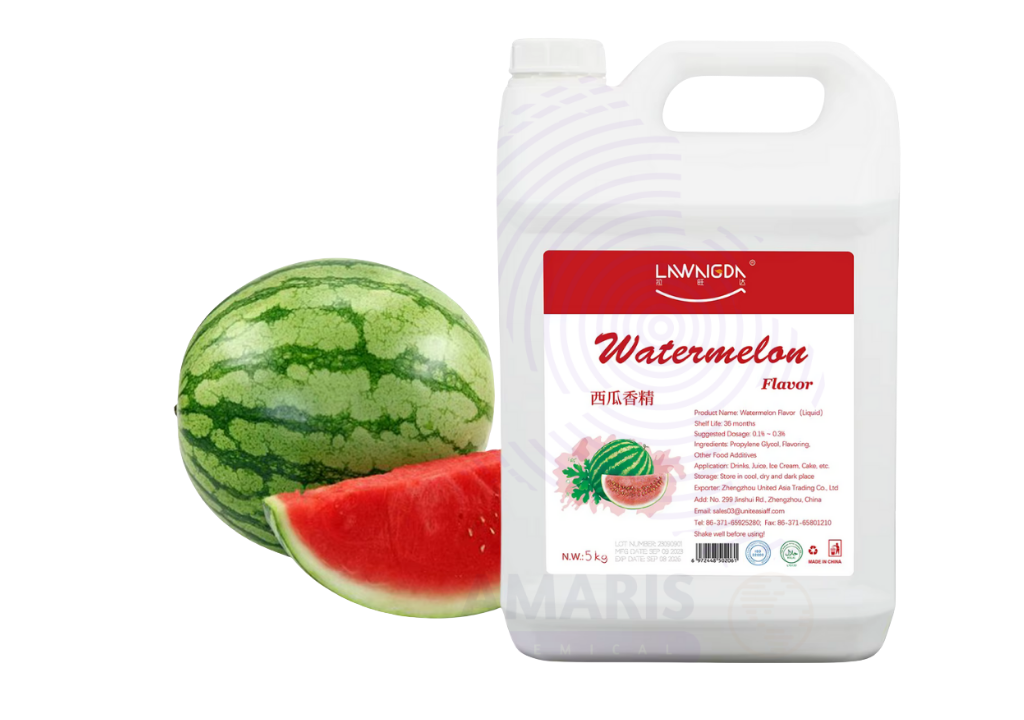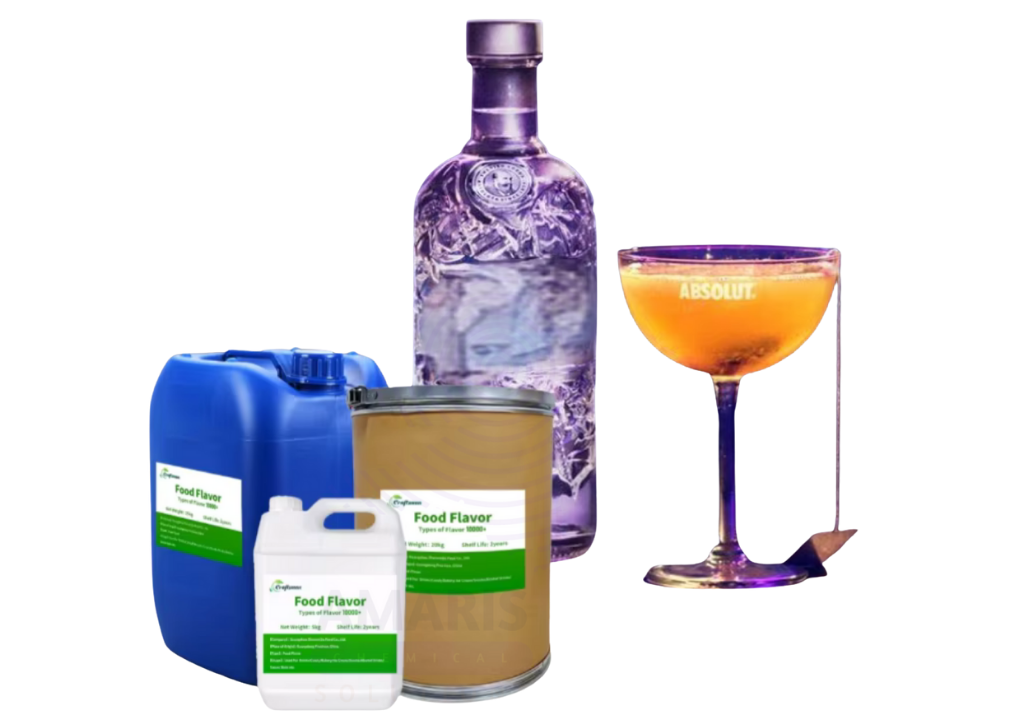Ethylene Glycol: The Essential Coolant and Industrial Intermediate ❄️⚙️
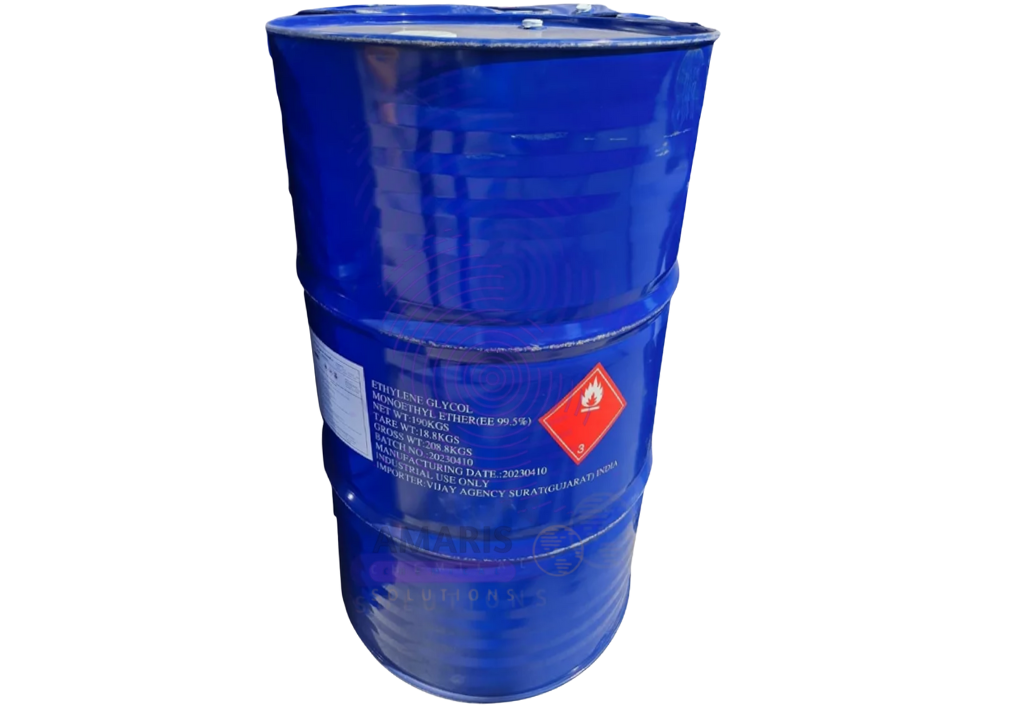
Among the most versatile industrial chemicals, Ethylene Glycol (C₂H₆O₂) stands out for its dual identity — as a coolant and antifreeze agent in automotive systems and as a key raw material in manufacturing numerous industrial and consumer products. Its effectiveness in temperature regulation and chemical synthesis makes it a cornerstone compound across multiple industries.
At Amaris Chemical Solutions, we supply high-purity Ethylene Glycol designed to meet stringent industrial, laboratory, and formulation requirements. 🌿💧
🧪 What is Ethylene Glycol?
Ethylene Glycol is a colorless, odorless, viscous liquid with a sweet taste. Chemically, it is the simplest member of the glycol family — a diol (a compound containing two hydroxyl groups).
🔍 Key Chemical Information:
- Chemical Name: Ethane-1,2-diol
- Formula: C₂H₆O₂
- Molecular Weight: 62.07 g/mol
- Appearance: Clear, colorless, syrupy liquid
- Boiling Point: 197°C
- Freezing Point: -12.9°C
- Solubility: Miscible with water, alcohol, and many organic solvents
This combination of chemical stability, water miscibility, and low volatility makes Ethylene Glycol an ideal medium for heat transfer and polymer production.
❄️ Primary Applications of Ethylene Glycol
1. Automotive Antifreeze & Coolants 🚗
Ethylene Glycol is best known as the main ingredient in engine antifreeze and coolant formulations. It helps regulate engine temperature by preventing freezing in cold conditions and reducing overheating in hot climates.
- Extends engine life by preventing corrosion.
- Enhances heat transfer efficiency.
- Commonly mixed with water in 50:50 ratio for optimal performance.
2. Polyester & Plastic Production 🧵🏭
A major industrial use of Ethylene Glycol is as a feedstock for polyester fiber and resin manufacturing.
- Reacts with terephthalic acid to form polyethylene terephthalate (PET) — used in plastic bottles, food containers, and textiles.
- Plays a crucial role in producing fibers, films, and packaging materials.
3. Dehydrating Agent & Industrial Solvent ⚗️
Ethylene Glycol’s hygroscopic (water-absorbing) nature makes it useful as a dehydrating agent for natural gas and as a solvent in industrial formulations.
- Removes water from gas streams in petroleum refineries.
- Used in the manufacture of resins, adhesives, and inks.
4. Laboratory and Chemical Synthesis 🧫
In laboratory and research environments, Ethylene Glycol is employed as:
- A cryoprotectant in biological sample storage.
- A medium for controlled heating reactions due to its high boiling point.
- A precursor for glycol ethers and plasticizers.
⚠️ Safety and Handling Information
Although widely used, Ethylene Glycol requires careful handling due to its toxicity when ingested.
🧤 Personal Protective Equipment (PPE):
- Wear chemical-resistant gloves, lab coat, and safety goggles.
- Ensure good ventilation when handling large volumes.
🚫 Hazard Information:
- Toxic if swallowed or inhaled.
- May cause kidney and liver damage upon prolonged exposure.
- Keep away from heat, flames, and incompatible oxidizing agents.
🧯 Fire & First Aid Measures:
- Fire Hazard: Combustible liquid; use foam, CO₂, or dry chemical for extinguishing.
- Inhalation: Move to fresh air and seek medical attention.
- Skin Contact: Wash thoroughly with soap and water.
- Ingestion: Seek immediate medical care — do not induce vomiting.
🧳 Storage and Stability
- Store in tightly closed containers in a cool, dry, well-ventilated area.
- Keep away from oxidizing materials (e.g., nitrates, chlorates).
- Avoid prolonged exposure to air and moisture to prevent degradation.
- Shelf life is typically long when properly stored.
🌍 Environmental and Industrial Significance
While Ethylene Glycol offers immense industrial value, its biodegradability and toxicity demand responsible handling. Spills must be contained and disposed of through approved waste systems. Modern formulations and recovery systems focus on eco-friendlier glycol recovery and recycling to minimize environmental impact.
💡 Fun Facts
🔹 Ethylene Glycol was first synthesized in the 1850s and gained prominence during World War I as a coolant for aircraft engines.
🔹 Despite being sweet-tasting, it is highly poisonous, which led to the development of less toxic alternatives like propylene glycol for food and pharmaceutical uses.
🔹 It remains an essential intermediate for modern polymer chemistry and global manufacturing.
🌟 Conclusion
From keeping engines cool to forming the backbone of polyester production, Ethylene Glycol proves its value as an indispensable chemical in both industrial and scientific applications.At Amaris Chemical Solutions, we provide high-quality Ethylene Glycol suitable for automotive, industrial, and laboratory use, ensuring consistency, purity, and performance with every delivery. 💧⚙️


 Preservatives(food)
Preservatives(food) Flavor Enhancers
Flavor Enhancers Acidulants
Acidulants Sweeteners
Sweeteners Antioxidants
Antioxidants Colorants(food)
Colorants(food) Nutraceutical Ingredients (food)
Nutraceutical Ingredients (food) Nutrient Supplements
Nutrient Supplements Emulsifiers
Emulsifiers
 Collectors
Collectors Dust Suppressants
Dust Suppressants Explosives and Blasting Agents
Explosives and Blasting Agents Flocculants and Coagulants
Flocculants and Coagulants Frothers
Frothers Leaching Agents
Leaching Agents pH Modifiers
pH Modifiers Precious Metal Extraction Agents
Precious Metal Extraction Agents
 Antioxidants(plastic)
Antioxidants(plastic) Colorants (Pigments, Dyes)
Colorants (Pigments, Dyes) Fillers and Reinforcements
Fillers and Reinforcements Flame Retardants
Flame Retardants Monomers
Monomers Plasticizers
Plasticizers Polymerization Initiators
Polymerization Initiators Stabilizers (UV, Heat)
Stabilizers (UV, Heat)
 Antifoaming Agents
Antifoaming Agents Chelating Agents
Chelating Agents Coagulants and Flocculants
Coagulants and Flocculants Corrosion Inhibitors
Corrosion Inhibitors Disinfectants and Biocides
Disinfectants and Biocides Oxidizing Agents
Oxidizing Agents pH Adjusters
pH Adjusters Scale Inhibitors( water)
Scale Inhibitors( water)
 Antioxidants(cosmetic)
Antioxidants(cosmetic) Emollients
Emollients Fragrances and Essential Oils
Fragrances and Essential Oils Humectants
Humectants Preservatives
Preservatives Surfactants(cosmetic)
Surfactants(cosmetic) Thickeners
Thickeners UV Filters
UV Filters
 Fertilizers
Fertilizers Soil Conditioners
Soil Conditioners Plant Growth Regulators
Plant Growth Regulators Animal Feed Additives
Animal Feed Additives Biostimulants
Biostimulants Pesticides (Herbicides, Insecticides, Fungicides)
Pesticides (Herbicides, Insecticides, Fungicides)
 Active Pharmaceutical Ingredients (APIs)
Active Pharmaceutical Ingredients (APIs) Excipients
Excipients Solvents(pharmaceutical)
Solvents(pharmaceutical) Antibiotics
Antibiotics Antiseptics and Disinfectants
Antiseptics and Disinfectants Vaccine Adjuvants
Vaccine Adjuvants Nutraceutical Ingredients (pharmaceutical)
Nutraceutical Ingredients (pharmaceutical) Analgesics & Antipyretics
Analgesics & Antipyretics
 Analytical Reagents
Analytical Reagents Solvents(lab)
Solvents(lab) Chromatography Chemicals
Chromatography Chemicals Spectroscopy Reagents
Spectroscopy Reagents microbiology-and-cell-culture-reagents
microbiology-and-cell-culture-reagents Molecular Biology Reagents
Molecular Biology Reagents Biochemical Reagents
Biochemical Reagents Inorganic and Organic Standards
Inorganic and Organic Standards Laboratory Safety Chemicals
Laboratory Safety Chemicals Specialty Laboratory Chemicals(Special Laboratory Equipment)
Specialty Laboratory Chemicals(Special Laboratory Equipment)
 Demulsifiers
Demulsifiers Hydraulic Fracturing Fluids
Hydraulic Fracturing Fluids Scale Inhibitors(oil)
Scale Inhibitors(oil) Surfactants(oil)
Surfactants(oil) Drilling Fluids
Drilling Fluids
 Dyes and Pigments
Dyes and Pigments Bleaching Agents
Bleaching Agents Softening Agents
Softening Agents Finishing Agents
Finishing Agents Antistatic Agents
Antistatic Agents
 Admixtures
Admixtures Waterproofing Agents
Waterproofing Agents Sealants and Adhesives
Sealants and Adhesives Curing Compounds
Curing Compounds Concrete Repair Chemicals
Concrete Repair Chemicals Anti-Corrosion Coatings
Anti-Corrosion Coatings
 Surfactants(cleaning)
Surfactants(cleaning) Builders
Builders Enzymes
Enzymes Solvents (Cleaning)
Solvents (Cleaning) Fragrances
Fragrances
 Electronic Chemicals
Electronic Chemicals Catalysts
Catalysts Lubricants
Lubricants Photographic Chemicals
Photographic Chemicals Refrigerants
Refrigerants Automotive chemicals
Automotive chemicals Pyrotechnic Chemicals
Pyrotechnic Chemicals
 Biodegradable Surfactants
Biodegradable Surfactants Bio-based Solvents
Bio-based Solvents Renewable Polymers
Renewable Polymers Carbon Capture Chemicals
Carbon Capture Chemicals Wastewater Treatment Chemicals
Wastewater Treatment Chemicals
 Pigments
Pigments Solvents(paint)
Solvents(paint) Specialty Coatings
Specialty Coatings Binders/Resins
Binders/Resins Additives
Additives Driers
Driers Anti-Corrosion Agents
Anti-Corrosion Agents Functional Coatings
Functional Coatings Application-Specific Coatings
Application-Specific Coatings
 Fresh Herbs
Fresh Herbs Ground Spices
Ground Spices Whole Spices
Whole Spices Spice Blends
Spice Blends Dried Herbs
Dried Herbs
 Leavening Agents
Leavening Agents Dough Conditioners
Dough Conditioners Flour Treatments
Flour Treatments Fat Replacers
Fat Replacers Decoratives
Decoratives Preservatives(baking)
Preservatives(baking)
 Plasticizers & Softeners
Plasticizers & Softeners Reinforcing Agents
Reinforcing Agents Adhesion Promoters
Adhesion Promoters Vulcanizing Agents
Vulcanizing Agents Antidegradants
Antidegradants Blowing Agents
Blowing Agents Fillers & Extenders
Fillers & Extenders Accelerators & Retarders
Accelerators & Retarders
